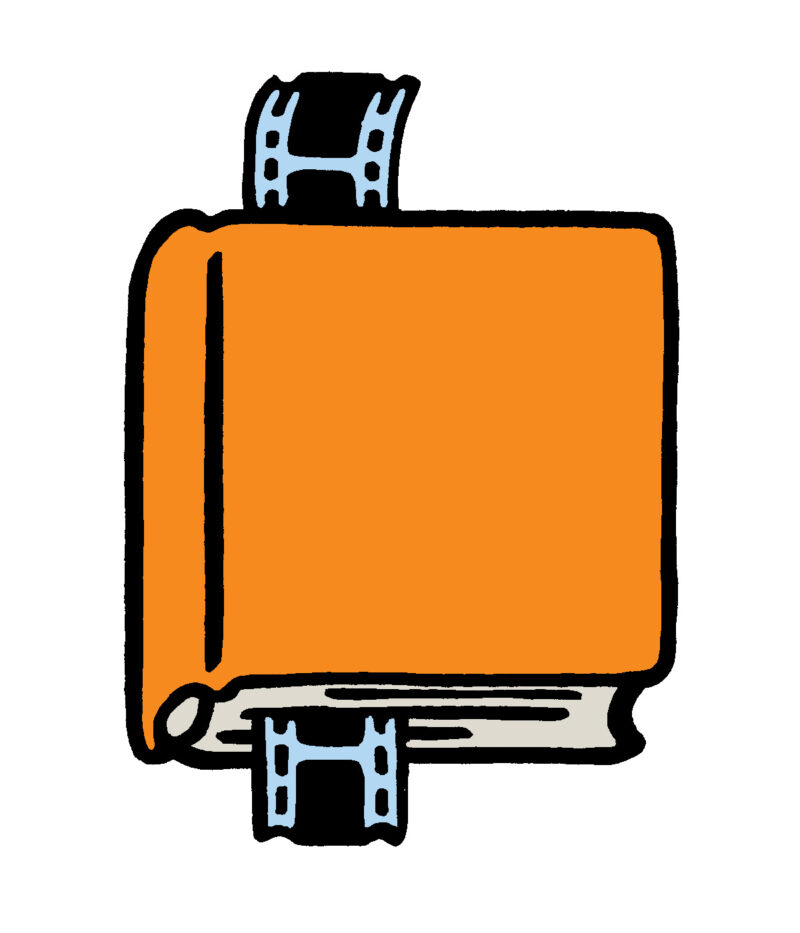In her latest book, My Life as a Godard Movie, Joanna Walsh uses the claustrophobia of pandemic lockdown to review what has been her lifelong obsession with the films of the late Jean-Luc Godard, or particularly the women of his films—Anna Karina, Jean Seberg, Brigitte Bardot—muses who drifted through prostitution rings, criminal underworlds, and revolutionary collectives looking effortlessly gorgeous in Dior and Givenchy until their inevitable violent demise by car crash or gunshot. Walsh’s retrospective focuses on the beauty of these women—the weight of carrying such beauty, the influence of it on a viewer’s desire—and the filmmaker’s trade in the commodity of their beauty. In Godard films, feminine beauty is a contract for violent death.
Walsh’s critique here will not be shocking to film buffs, as she finds much in common with what film theorist Laura Mulvey famously identified, in the ’70s, as the problem of the male gaze in movies: “The determining male gaze projects its phantasy onto the female figure… with their appearance coded for strong visual and erotic impact so that they can be said to connote to-be-looked-at-ness.” It is perhaps not surprising that the films of Godard offered the bulk of Mulvey’s evidence; certainly, it doesn’t surprise Joanna Walsh, who reminds us, “Godard plots are driven by desire. For excitement, money, utopia, sex but seldom love. Love is their by-product; beauty its currency… Beauty is not an experience for the beautiful, but the eye, the mirror, the lens.”
Walsh’s project blurs creative nonfiction and film critique, which seems like a nod not just to French film but to French literary modes as well, to auto-fiction and auto-ethnography—Annie Ernaux’s The Years or Emmanuel Carrère’s My Life as a Russian Novel, for instance—which, even when focused on objective reportage, crystallize around the author’s own memoir, and the “I” overwhelms: in short, our lives will overtake anything we attempt to analyze. Or, as Walsh says of Godard, “Though many of Godard’s New Wave films are about women, their subject is never quite a subject.”
Walsh is less invested in any critical blame game, however, and keeps a relatively even hand in treating Godard’s project as often outside his control—she finds that the power of the women’s beauty and the women’s gazes linger beyond the film, in spite of their narrative ends in Godard’s hands. Walsh seems most interested in the impact that this emptying out of the female subject has on women viewers over time.
While Walsh’s personal relationship to Godard’s films does take center stage here, My Life isn’t a simple indulgence of her first-person subjectivity but rather an attempt to locate or reinfuse a concept of feminine beauty that isn’t voided-out by the male gaze, that moves beyond woman as a beauty commodity, without entirely losing her original love affair with the films. She writes, “I am aware that in watching Godard’s film I am doing myself another obscure violence.” But she also seems fully aware that an ability to deconstruct the damage wrought on our lives by culture rarely leaves us feeling less empty. Knowing that a desire is constructed or bad for us doesn’t mean we don’t still want the thing, or, as Walsh puts it, “How to critique femininity and still look cute?” Instead, Walsh wishes to bring readers and herself into some more hopeful terrain. “Can appearance itself be defemininised? Not how would that look? but how would that feel?… I am trying to do something with my body—by persistently inhabiting it unbeautified, in public—not only for myself, but for other women.” For Walsh, the reading of her life through Godard is an investigation of her performance of herself-as-woman as an ongoing project, and while she attaches and detaches from Godard’s tragic women, the book allows for an intimate meditation on the merger between life, art, and critique that adds softer edges and gray areas to a difficult love for the legacy of an art house auteur.
Publisher: Transit Books Page count: 112 Price: $15.95 Key quote: “I am trying not to make my life into a movie, but to see the movie in my life.” Shelve next to: Emmanuel Carrère, Rachel Cusk, Annie Ernaux, Chris Kraus, Édouard Louis, Marie NDiaye Unscientifically calculated reading time: The time it takes to distribute The New York Herald Tribune to a street of Parisians, or to drink two coffees and a Pastis in a down-at-the-heel café





